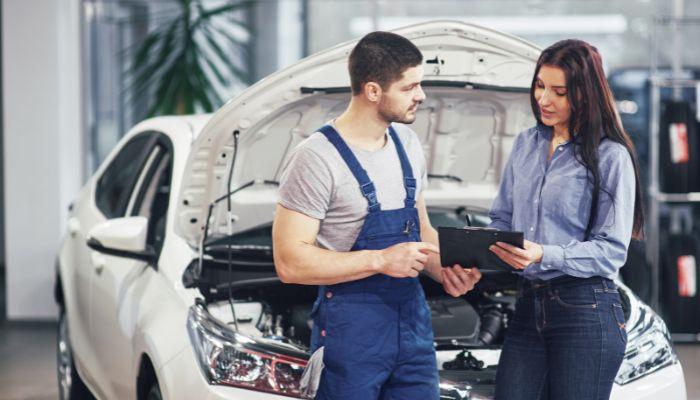Buying a car is a big decision, whether it’s your very first vehicle or an upgrade. In Australia, the second-hand car market is thriving, but not every deal is as good as it looks. A car might look shiny on the outside, but without proper checks, you could end up with hidden mechanical problems or even legal issues.
If you’re asking yourself, “What should I check before buying a used car in Australia?” — this guide is for you. Let’s go step by step to make sure you drive away with a reliable and safe car.
1. Check the Exterior Condition
Start with a walk-around inspection. Look for:
- Dents, scratches, or rust – small issues are normal in used cars, but major rust spots can be costly to repair.
- Panel gaps – uneven spacing may indicate accident repairs.
- Tyres – check tread depth and even wear. Worn tyres mean extra expense right after purchase.
Pro tip: Uneven tyre wear may also suggest poor wheel alignment or suspension issues.
2. Inspect the Interior
Once inside the car, pay attention to:
- Seats and upholstery – look for tears, stains, or excessive wear.
- Dashboard warning lights – make sure they all turn off after starting the engine.
- Air conditioning and electronics – test everything from the radio to the power windows.
Even small electrical faults could point to larger issues, so don’t skip this step.
3. Under the Bonnet: Engine and Fluids
The engine is the heart of the car. Open the bonnet and check:
- Oil level and colour – clean oil is golden brown, while dark or sludgy oil may signal poor maintenance.
- Coolant – should be at the right level and not rusty.
- Battery – look for corrosion around the terminals.
- Leaks – oil, coolant, or transmission fluid leaks can mean expensive repairs.
If you’re not confident in identifying problems, consider booking a car inspection service for a professional assessment.
4. Test the Brakes and Suspension carefully
On a test drive, notice how the car feels:
- Brakes – the car should stop smoothly without pulling to one side. Any squeaking or grinding noises are warning signs.
- Suspension – drive over bumps; if the car feels too bouncy, suspension components may be worn.
- Steering – it should feel responsive, not loose or shaky.
5. Take a Proper Test Drive
Never buy a car without driving it first. During your test drive:
- Try both city streets and highways.
- Check acceleration and how the transmission shifts.
- Listen for unusual noises from the engine, exhaust, or tyres.
- Make sure the air conditioning works (essential for Aussie summers!).
A test drive tells you more than any sales pitch ever will.
6. Check the Vehicle History
Even if the car looks and drives fine, you must check its background. In Australia, you can do a PPSR (Personal Property Securities Register) check. This will show if the car:
- Has finance owing
- Was ever written off
- Was reported stolen
Also, confirm the VIN (Vehicle Identification Number) on the car matches the paperwork.
7. Review the Service History
Ask for logbooks and receipts. A well-documented service history proves the car has been looked after. Watch out for:
- Long gaps between services
- Missing records
- Major repairs were not documented
A car with no history could be risky, even if it looks good.
8. Don’t Forget Safety Features
Modern cars in Australia come with advanced safety systems. Check for:
- Airbags
- ABS (Anti-lock Braking System)
- ESC (Electronic Stability Control)
- Working seatbelts
- Tyre pressure monitoring (in newer cars)
Safety should always be a priority, especially for family cars.
9. Get Advice from a Professional Inspector
Even with careful checking, you might miss hidden issues. This is where calling an automotive mobile mechanic can help. They can come to you, inspect the car on-site, and give an unbiased report. It’s a small investment that could save you from buying a car with serious problems.
10. Negotiate the Price
Once you’ve done all the checks, use your findings to negotiate. If the tyres are worn or the car needs a service soon, you can ask for a discount. Remember, in Australia, sellers often expect some negotiation.
Conclusion
Purchasing a used car in Australia doesn’t have to be stressful. By carefully checking the exterior, interior, engine, brakes, and paperwork, you can avoid nasty surprises. A quick vehicle history check, a proper test drive, and, if needed, a professional inspection will give you peace of mind before handing over your money.
Taking the time to follow this used car checklist in Australia ensures you not only get a fair deal but also a safe and reliable car for years to come.
